The Gopher, also known as the Pocket Gopher, is a small rodent that lives in Central and North America. They are best-known for their burrowing or tunneling behavior.
Researchers recognize 35 different species, and place them all in the family Geomyidae. Their closest relatives are the kangaroo rat, kangaroo mouse, and pocket mouse. Read on to learn about the Gopher.
Description of the Gopher
Though many species exist, these rodents generally look quite similar to one another. Most weigh less than a pound, though some reach up to two pounds. They have small bodies, short legs, and short tails. Their coats are normally brown, black, or tan in color. Generally, they measure between six and eight inches long.
Interesting Facts About the Gopher
While these little creatures might seem unremarkable, they have a number of interesting traits and behaviors. Learn what makes these rodents unique below.
- What’s With The “Pocket?” – People don’t call these little mammals “Pocket Gophers” because you can fit them in your pocket. Their name actually comes from the large pouches, or pockets, in their cheeks. They use these pockets to carry large amounts of food.
- Hoarders – Those pockets come in handy when you’re trying to collect lots of food at once. These rodents carry large amounts of food back to their tunnels to store it for later use.
- Tunnel Time – These rodents spend nearly all their time underground. They create elaborate systems of tunnels to search for food, sleep, raise their young, and store food.
- Territorial – Even though you won’t see them often, these underground rodents defend their territories aggressively. Like many territorial species, males and females tolerate overlapping territories, but attack any member of the same sex.
Habitat of the Gopher
All of the various species live underground. This means that their habitats must have relatively loose soil that is easy to burrow through.
Some live in open areas without lots of trees or forest habitat, others prefer living in densely wooded areas. Common habitat types include savannas, grasslands, woodland, forest, meadows, steppe, and more.
Distribution of the Gopher
Different species have vastly different distribution and range. Some species live over large areas, encompassing several states. Others only utilize a tiny region, and have small populations. You can find these rodents throughout various regions of North and Central America.
Diet of the Gopher
These rodents are herbivores, which means that they only eat plants. They feed on a wide variety of different plant species. Their diet consists primarily of roots, nuts, seeds, vegetables, grasses, stems, tubers, and more. Species in different regions have different types of plants available to eat.
Gopher and Human Interaction
Humans widely view these little burrowing mammals as pests. Gophers frequently dig tunnels in gardens and farmland, and eat vegetables and crops. This is unfortunate because these creatures help increase soil aeration and fertilization, and they are an important prey species for many other animals in the ecosystem.
People trap or poison these rodents in retaliation for crop and lawn damage. Habitat destruction also poses a danger to some species.
Domestication
Humans have not domesticated these animals in any way.
Does the Gopher Make a Good Pet
No, these rodents do not make good pets. They prefer spending their time underground, which doesn’t make for the most entertaining pet. In many places, it is also illegal to own a Gopher as a pet.
Gopher Care
Some zoos house certain species in their collections. Those that do usually have unique artificial tunnels with viewing areas, so visitors can take a peek at what their life is like beneath the surface of the soil.
Zookeepers feed them a variety of grasses, pelleted herbivore food, and fresh vegetables. Their exact diet varies from species to species.
Behavior of the Gopher
These creatures are primarily solitary, territorial, and subterranean. This means that they live alone, defend a territory, and usually remain underground. They spend their time burrowing underground and searching for food. If food is plentiful, they stuff it in their “pocket” cheeks and bring it to a storage tunnel.
Reproduction of the Gopher
Reproductive rates vary drastically from one species to the next. Some species give birth to five young per litter, others only give birth to a single pup. However, most species have a gestation period about three weeks long. Because their lifespan is so short, these creatures reach sexual maturity quite early, at between three and six months of age.


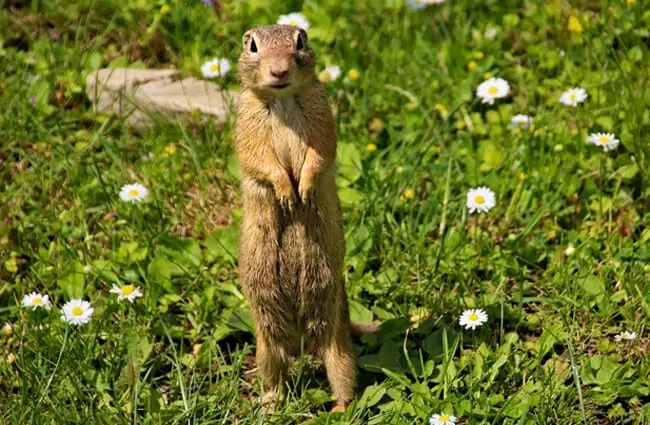
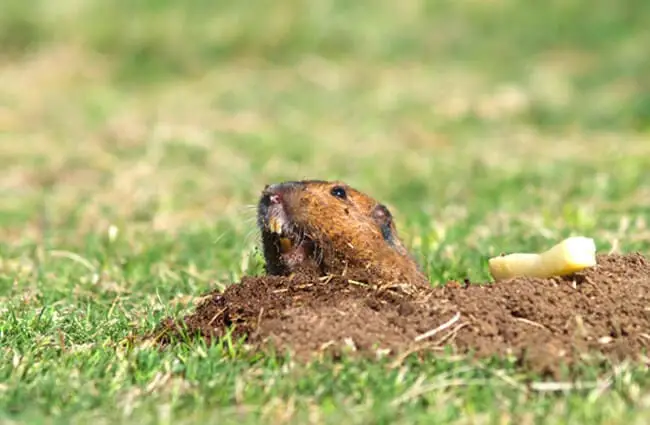
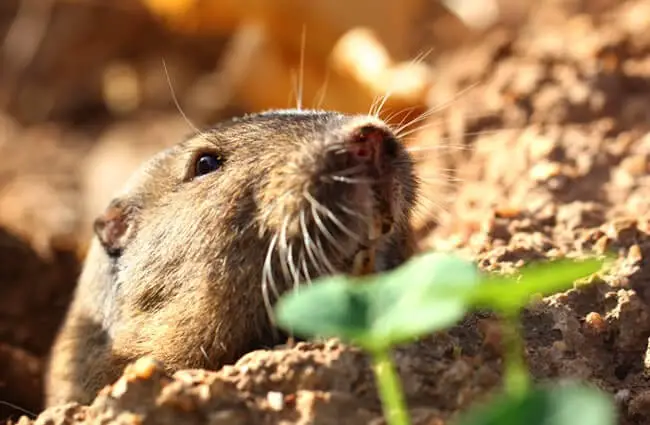
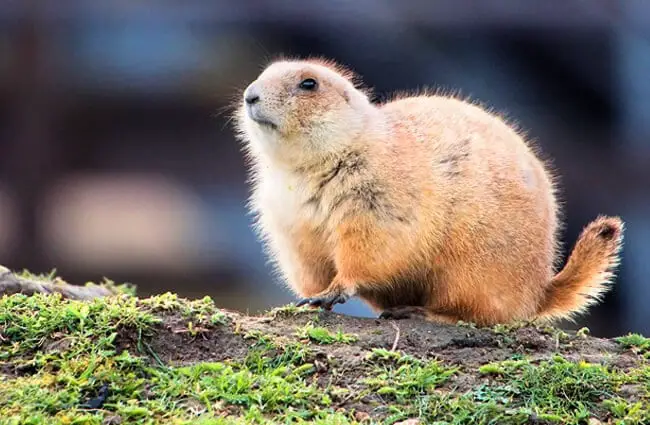
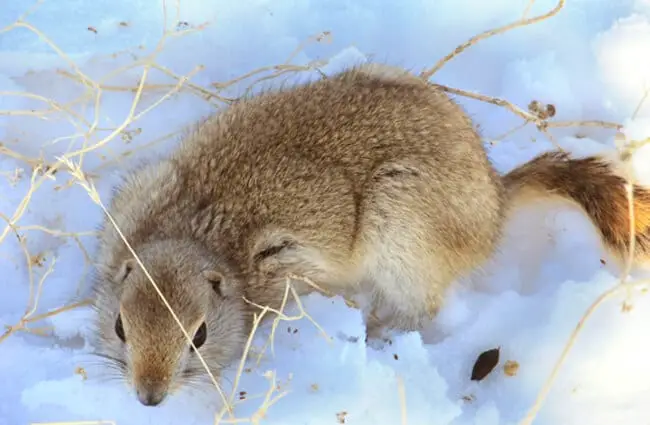
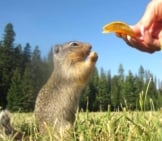

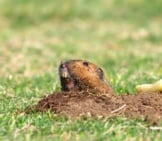
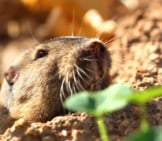

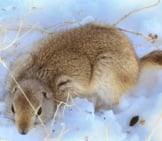
![Red Angus Closeup of a beautiful Red Angus cowPhoto by: U.S. Department of Agriculture [pubic domain]https://creativecommons.org/licenses/by/2.0/](https://animals.net/wp-content/uploads/2020/03/Red-Angus-4-238x178.jpg)












![Red Angus Closeup of a beautiful Red Angus cowPhoto by: U.S. Department of Agriculture [pubic domain]https://creativecommons.org/licenses/by/2.0/](https://animals.net/wp-content/uploads/2020/03/Red-Angus-4-100x75.jpg)

